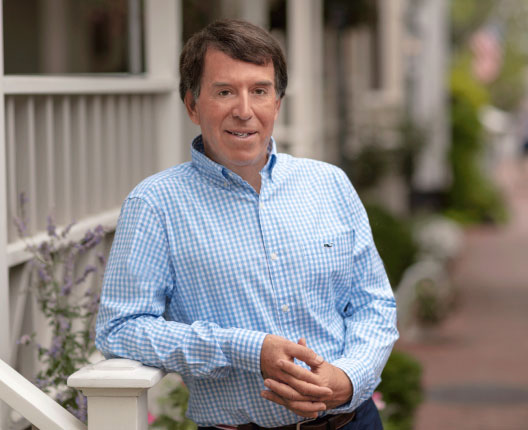
Bruce A. Percelay is chairman and founder of the Mount Vernon Co., a real estate investment firm based in Boston.
Once upon a time, there was a shining city on a hill, so cherished by real estate developers that it became the hottest housing market in the land. New buildings sprung up around the landscape, providing sparkling homes for people who flocked to the hamlet known as Boston. But as prosperity spread, not all was well beneath the surface of this otherwise charmed city. Indeed, there were those who could no longer afford to live there, making it a tale of two cities.
The residents of this promised land then elected a new mayor, who rode into office on the support of those who have been priced out of the city. Honoring her campaign pledge, the mayor began to submit housing solutions that could include higher levels of affordability requirements, additional linkage fees, and the possibility of rent stabilization.
Developers decried that they were already paying a king’s ransom in property taxes, which account for 70% of the city’s tax revenues. Developers shouted from the rooftops that their projects created many thousands of jobs, which funded the schools and roads that lined the city. They warned if more burdens were placed upon them, building in the city would slow down, which would ultimately diminish the production of affordable housing.
What if there were a way for the city to harness the resources and creativity of developers to help residents of Boston in a way that did not risk killing the goose that laid the golden egg? What if developers had the option to create specific buildings designed for the “public good” that were separate and apart from their proposed developments and would satisfy the city’s mitigation requirements?
A recent example of this idea is 140 Clarendon Street, a joint venture initiated by the Mount Vernon Co. along with Beacon Communities. This building could have been developed into a midmarket hotel or more apartments, but a path was found to create 210 affordable units — including those which are designed for the truly homeless. This project would be a perfect example of one that would be categorized as a “public good” by virtue of its size and the benefits it will provide the community.
Currently, developers are constrained by the location of their individual projects in providing affordable housing or neighborhood benefits. If developers could be allowed the flexibility to find solutions to the city’s housing problem outside of their own projects, solutions might emerge to issues ranging from the shortage of artist and musician workspace, the Melnea Cass Boulevard dilemma and the reuse of surplus city or school department properties.
Releasing the energy of developers beyond formulaic housing requirements could accelerate the mayor’s noble agenda.
Ours indeed is a shining city on a hill, and by making developers a part of the solution we could see more projects like 140 Clarendon. The moral of the story is that by encouraging the public and private sectors working together, we can all live happily ever after.


